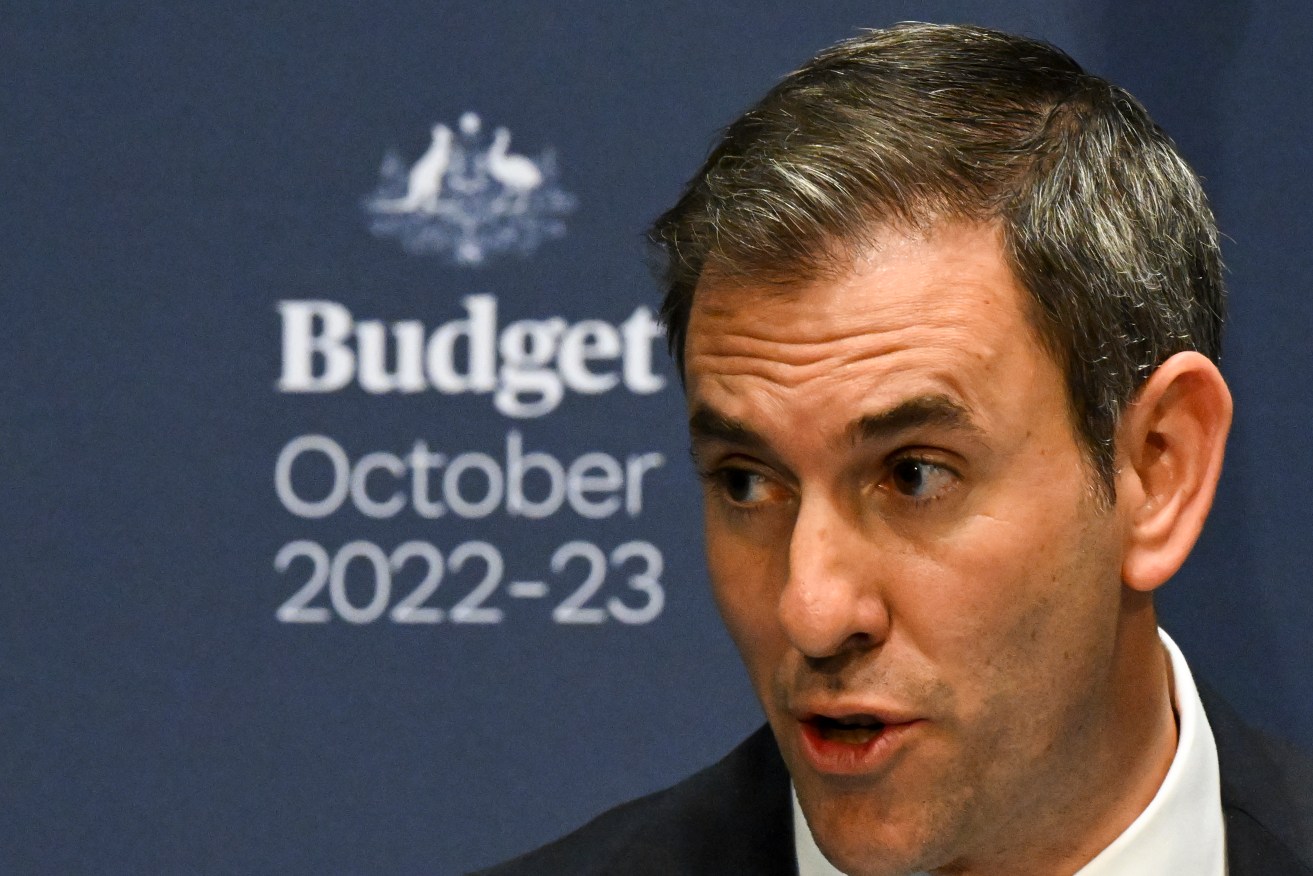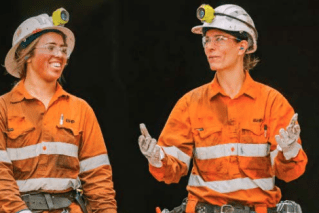Your shorthand lesson in economics: Who gets what and, more importantly, who pays the rent?
The decision by the Federal Government to slash infrastructure spending and force States to meet the shortfall will be felt across all levels of government, as Greg Hallam explains


Australian Treasurer Jim Chalmers speaks to the media during a press conference inside the Budget lockup (AAP Image/Lukas Coch)
Dazzle them with science, or baffle them with BS could be the title of a book explaining inter-governmental finance in Australia.
Last week’s very public punch up between the states and Canberra over new rules for federal major infrastructure projects, more specifically requiring the states to stump up 50% of the costs of new projects, has put the century-old funding bunfight back on centre stage .
My very first lesson in economics at Uni was summed up perfectly by a chalk message on the blackboard – “who’s up who, who gets what, and who pays the rent” – priceless advice for aspiring young economists.
In Federal financial relations Canberra holds all the cards; they have the gold, and he who has the gold rules.
In the famous words of the late Professor Julius Sumner Miller, Why is it so? It’s so because the states ceded their previous tax-raising power to the Commonwealth/Canberra to fund the World War 2 effort. It was done through the 1942 Uniform Tax Act and the High Court confirmed that power shift in an epoch defining decision the same year. For the states , it’s been downhill ever since.
The public finance purists and Federal Treasury talk in veiled language of Vertical Fiscal Imbalance (VFI) and Horizontal Fiscal Equalisation in the business of paying the states and councils, untied and specific grants through Federal and State Grants Commissions and various other agreements. Lots of regression analysis, simultaneous and differential equations, opaque processes and arcane language lead to a totally befuddled public.
This stuff is rocket science. It’s so scary the kiddies look under their bed for econometricians before they nod off. But the national revenue raising split-up is no joke, and not rocket science; it’s more like being slapped across the face with a large wet fish: The Feds raise 82% of all tax in Australia, the states 15% and councils 3%. It couldn’t be any more stark. Cop that.
The Federal Government has sole access to income tax, company tax, the GST, fuel excise, import duties and range of other indirect taxes. The High Court has consistently defended those exclusive powers, as recently as a week ago in a ruling against the Victorian Government levying what was said to be an excise on EV and low-emission vehicles .
The states have Land Tax, stamp duty, payroll tax and minerals royalties. Councils have rates and service charges.
As an aside, in Queensland, councils raise over one billion in revenue (Emergency Levy and Waste Levy) via the rate notice and on-site commercial and industrial dumping charges, which they pay directly to our state government . Your councils give more to the state government than they give them in return.
How weird is that – the states are certainly mendicant.
Canberra doles out the money, largely on its terms, irrespective of which major party is in power. So to ask the states to find 50% of the cost of big ticket infrastructure charges is a real stretch .
Especially for the smaller states who have real and relatively weaker revenue raising powers – think Tassie and SA . By way of contrast under the National Disaster Relief Funding Arrangements the Commonwealth pays 75% of the reconstruction and recovery costs, the States 25% and councils a nominal flag fall amount.
It’s just wrong for the Albanese Government wanting to slug the states 50% of the cost for nation building and defining infrastructure. By all means prioritise spending, weed out the boondoggles and nice-to-haves, but recognise the huge fiscal powers they possess, the VFI which leaves the current budget in surplus and debt reducing.
It’s called the Common- wealth for a reason.
Greg Hallam is a former Chief Executive of the Local Government Association of Queensland who writes regularly for InQueensland












